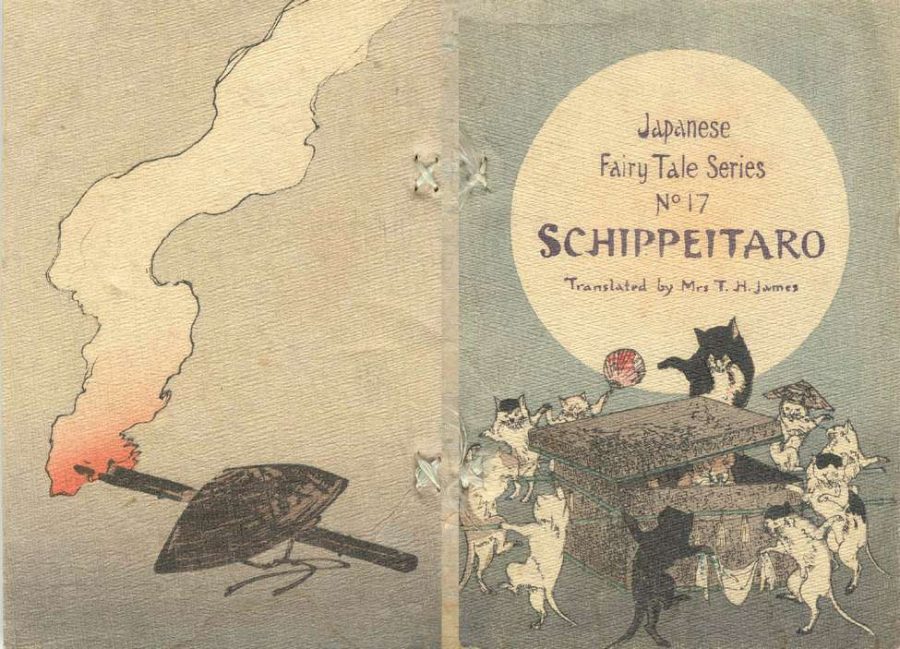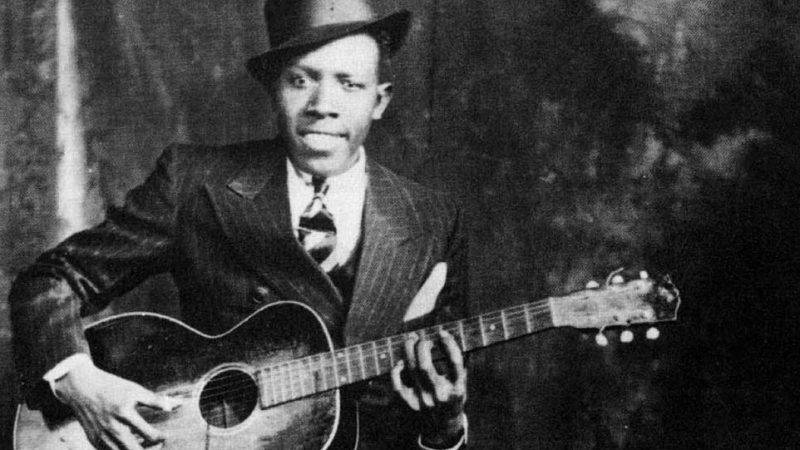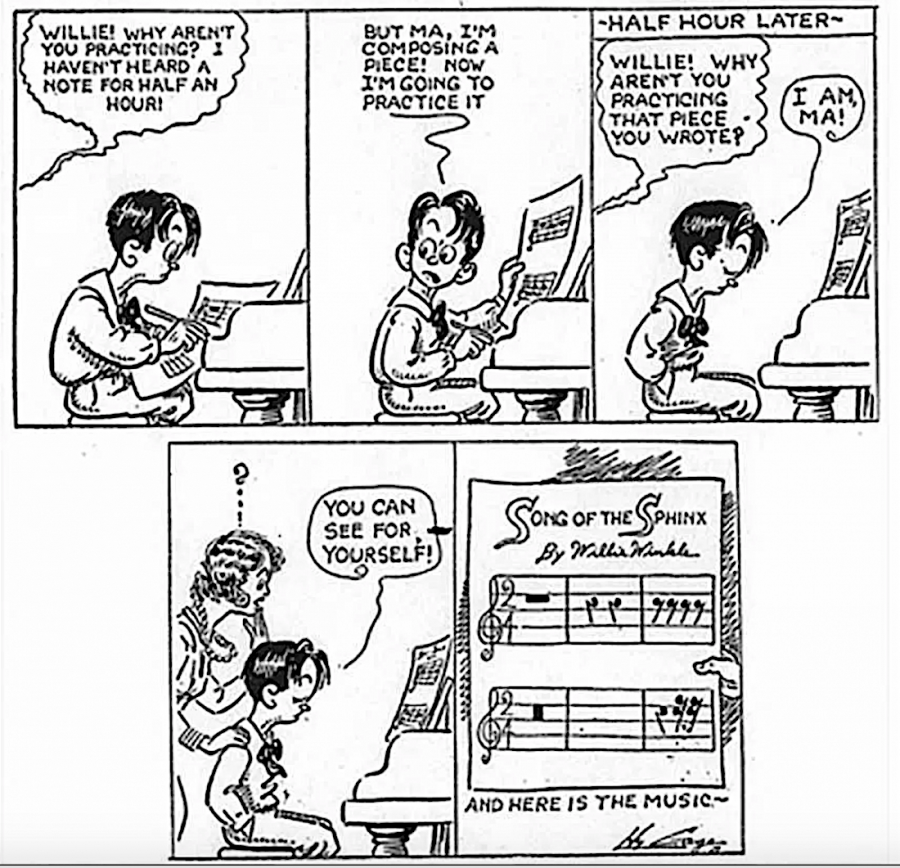When Quentin Tarantino debuted in 1992 with Reservoir Dogs, and even more so when he followed it up with the cinematic phenomenon that was Pulp Fiction, the viewers most dubious about the young auteur’s cultural staying power dismissed his movies as elevations of style over substance. Whether or not Tarantino has converted all his early critics over the past 27 years, he’s certainly demonstrated that style can constitute a substance of its own.
Even many who didn’t care for his latest picture, this year’s Once Upon a Time in Hollywood, nevertheless expressed gratitude at the release of a lavish, large-scale film packed full of ideas, references, set pieces, and jokes — an increasingly rare achievement, or even aspiration, among non-Tarantino filmmakers. How does he do it? The Director’s Chair profile video above, and the accompanying Studio Binder essay by Matt Vasiliauskas, identifies the essential elements that constitute the Tarantinian style and Tarantinian substance.
In the video Tarantino discusses his process: “I was put on Earth to face the blank page,” to bring forth ideas from within and place them in new genre contexts, to write one line of dialogue after another and feel the surprise as the script takes turns unexpected even to him. Everything, from conversations to action scenes to expansive wide shots, plays out in his head before he shoots the first frame: “Before I make the movie, I watch the movie.” And like all auteurs, he makes the movie he wants to see: “I don’t think the audience is this dumb person lower than me,” he has said. “I am the audience.”
A filmmaker looking to follow Tarantino’s example must do the following: “Keep it personal,” using experiences they’ve actually had or emotions they’ve actually felt, even if they present them filtered through “crazy genre world.” “Structure like a novel,” with the willingness to break free of chronological order. “Think like an actor,” since you’ll have to work long and hard with them. Shoot “Hong Kong action sequences,” two or three moves at a time, so that you can organically change and incorporate what happens along the way. “Keep music in mind,” whether that means existing songs that evoke certain times, places, and moods, or original scores like that which Tarantino commissioned for The Hateful Eight from Ennio Morricone.
Morricone is best known for his collaborations with Tarantino’s hero Sergio Leone, and like Leone and “all directors working at the top of their game,” writes Vasiliauskas, Tarantino “uses the camera as his most powerful storytelling implement,” especially when shooting wide. “Whether it’s the Bride battling the Crazy 88 gang in Kill Bill or Django surveying a burned-out home, Tarantino understands the power of the wide-shot to not only create tension, but to utilize the environment in revealing the desires of his characters.” But he also gets serious aesthetic and emotional mileage out of extreme close-ups, crash zooms, and point-of-view shots from inside the trunk of a car (or period equivalents thereof).
Above all, this former Manhattan Beach video-store clerk “absorbs movies,” and has by his own admission stolen from more films than most of us will watch in our lives. But none of this makes predictable what Tarantino will draw from his real-life and filmgoing experiences and put on the screen next: “I should throw them for a loop,” he says in an interview clip included in the video. He means his audience, of course, but before he can throw us for a loop, he has to do it to himself. And whatever thrills and surprises Tarantino will, as we’ve seen over the course of ten feature films so far, thrill and surprise us even more.
Related Content:
How Quentin Tarantino Steals from Other Movies: A Video Essay
Quentin Tarantino Explains The Art of the Music in His Films
Based in Seoul, Colin Marshall writes and broadcasts on cities, language, and culture. His projects include the book The Stateless City: a Walk through 21st-Century Los Angeles and the video series The City in Cinema. Follow him on Twitter at @colinmarshall or on Facebook.












